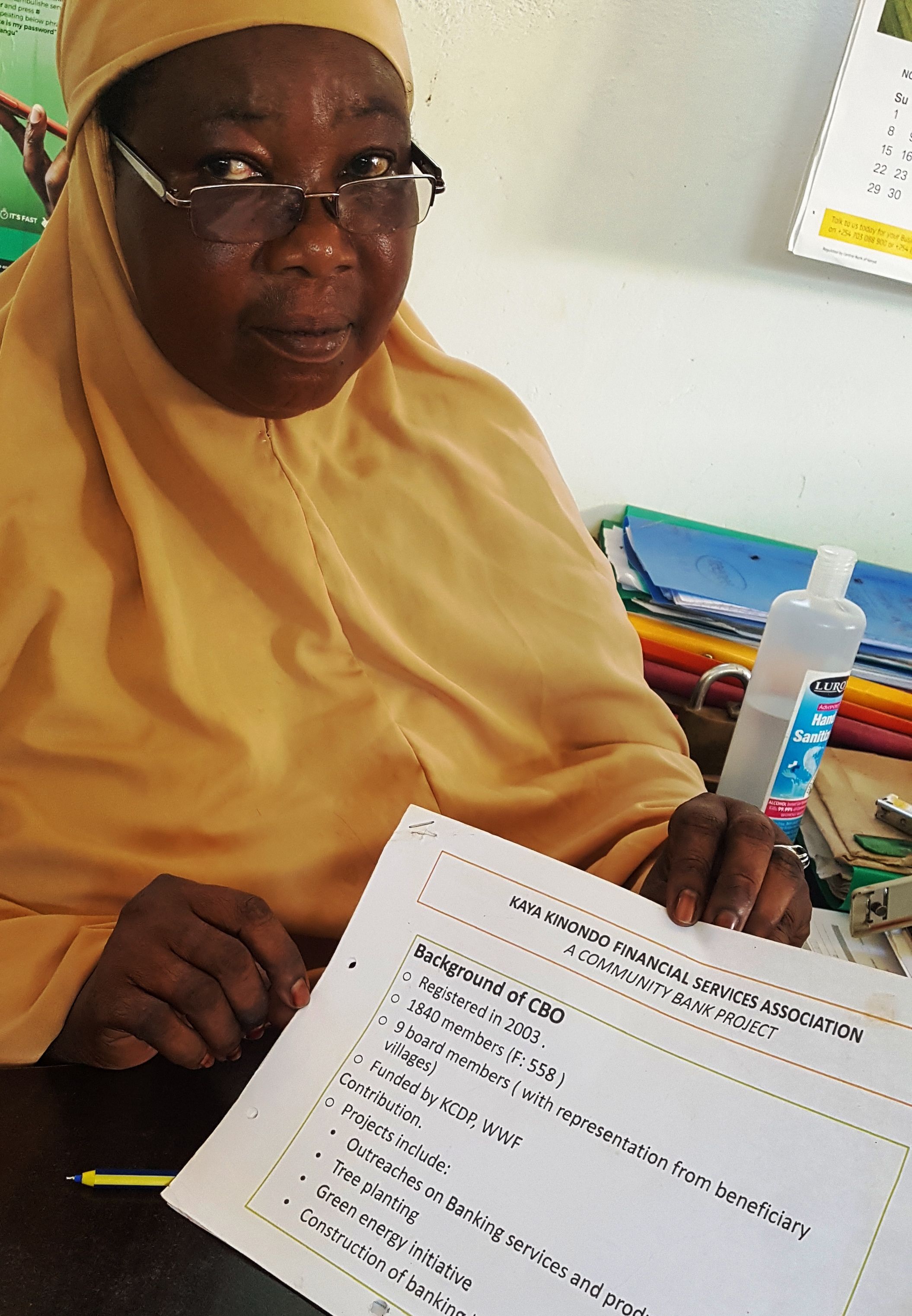Building a participatory monitoring and reporting system on the state of conservation in the World Heritage Site
Pimachiowin Aki First Nations and the Pimachiowin Aki Corporation developed a Guardians Program in 2016 to implement the strategic direction set out in approved management plans of ensuring community well-being, raising funds, supporting local economic development, creating opportunities for Elders and youth to work together, maintaining/enhancing our cultural tradition, and ensuring compliance with customary laws and policies. Capacity and skills have been built among community members in communication, record-keeping, survival, good health, use of GPS to collect and record geographic information. Guardians are community members that observe, record and report on the health of ecosystems and cultural sites, educate the public about how to be good stewards of the cultural landscape, work with provincial government land and resource managers, and conserve pictographs, petroforms, archaeological sites, cultural sites, and intangible values shaping Anishinaabe connections with the Site including oral traditions central to the expression and intergenerational transmission of Akiiwi-gikendamowining (land-based knowledge), customary laws, and geographical names.
